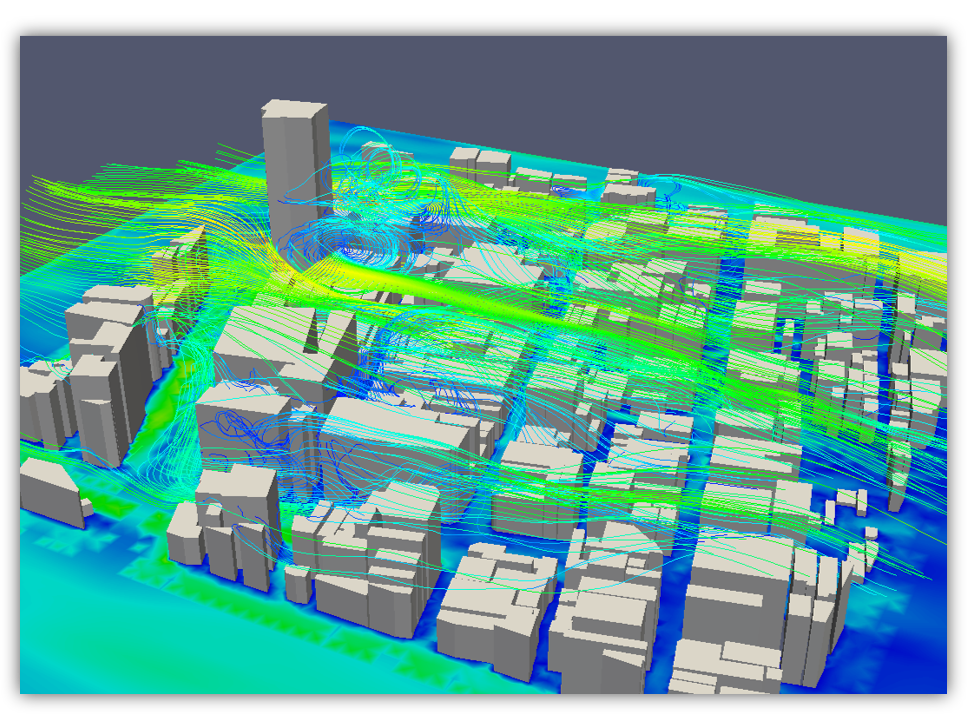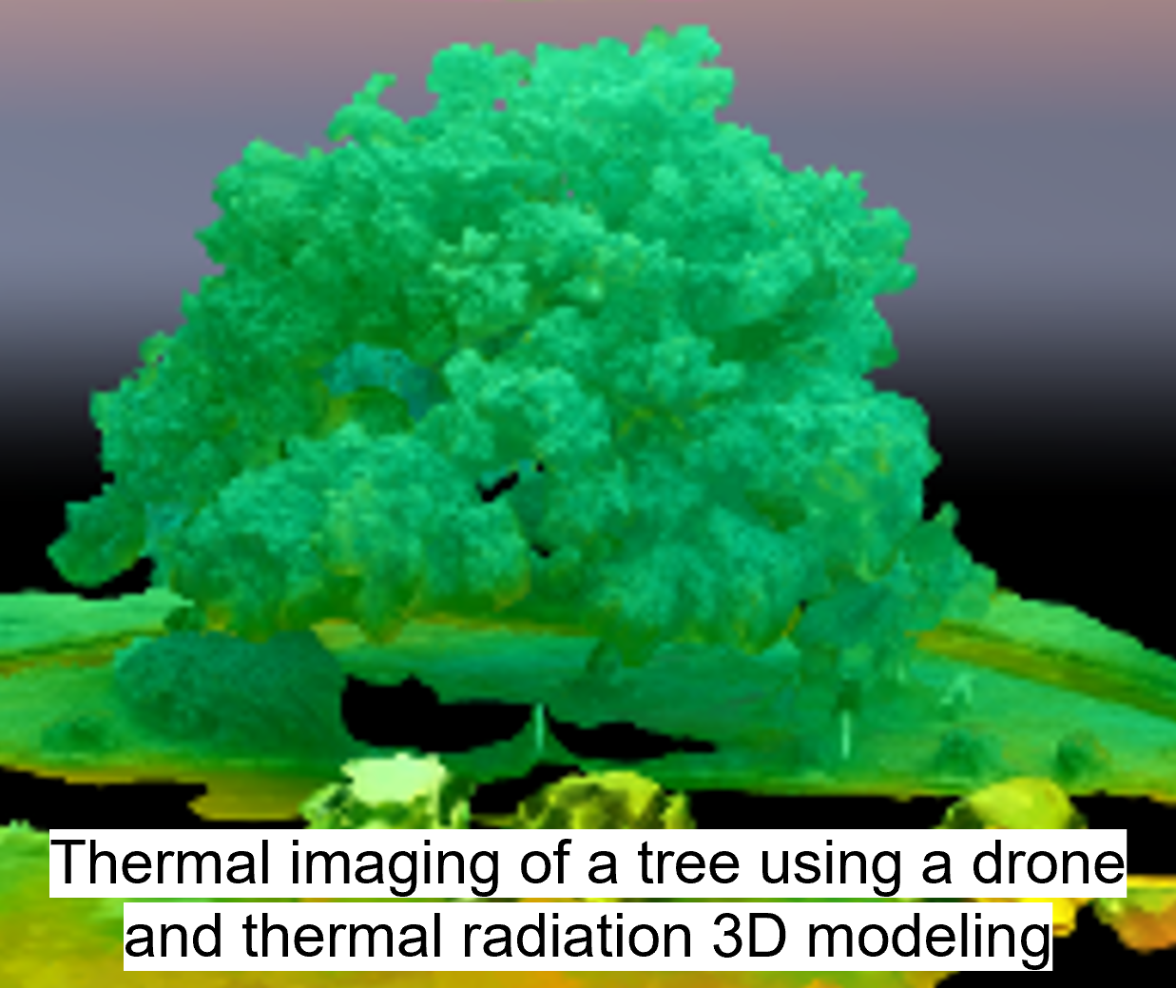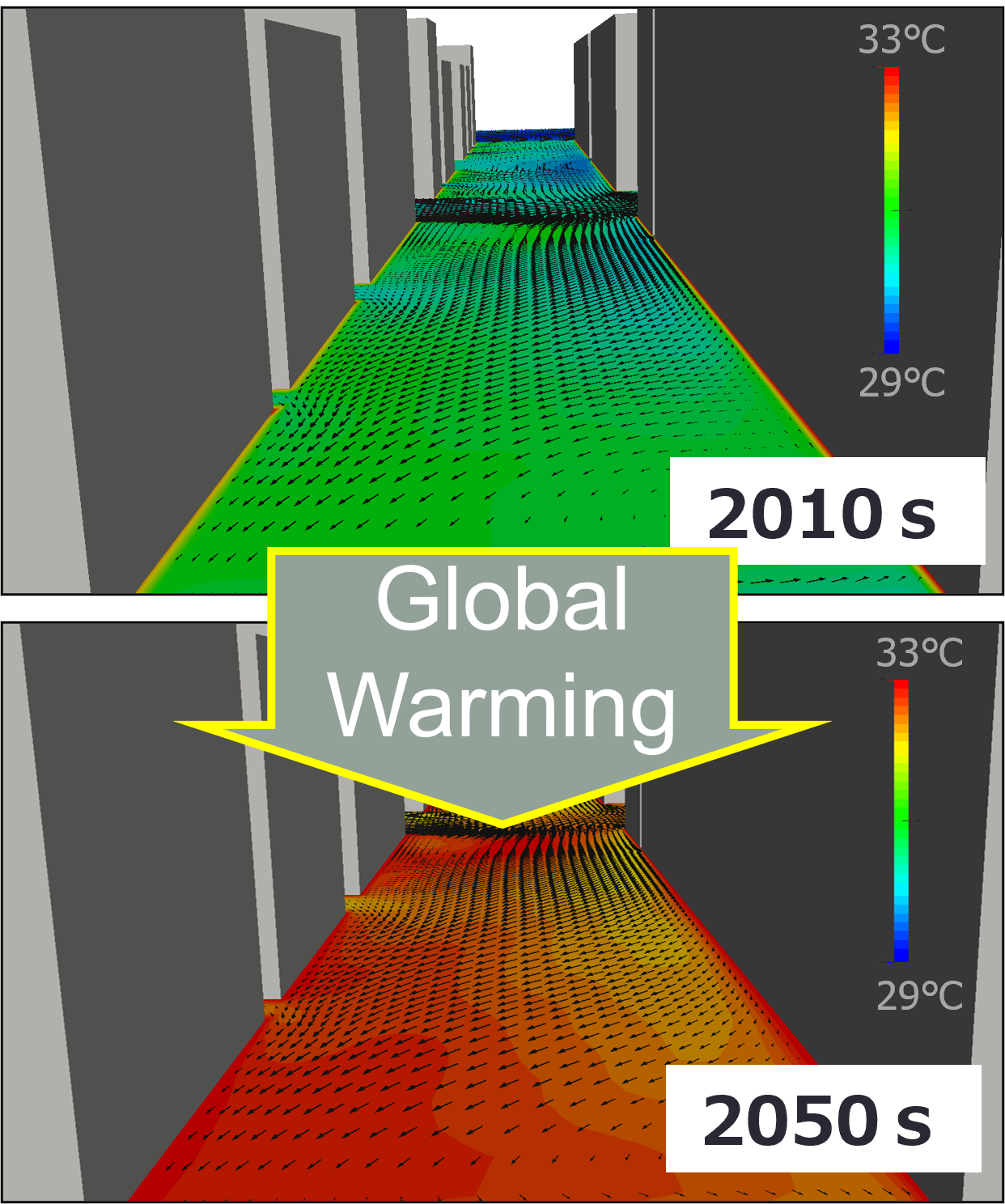(1) 学術論文(全文査読)
1.都市空間内における長波長放射環境のRapid-Estimation手法の提案:日本建築学会技術報告集、石田泰之, 小林光, 藤山真美子, 持田灯
2.Prediction of Mean Radiant Temperature Distribution Around a Building in Hot Summer Daysusing Optimized Multilayer Neural Network Model:Sustainable Cities and Society, 84, 103995, 2022、Yuquan Xie, Yasuyuki Ishida, Jialong Hu, Akashi Mochida
3.Proposal of LCZ categories and standards considering super high-rise buildings suited for Asian cities based on the analysis of urban morphological properties of Tokyo:Japan Architectural Review, Online Version of Record before inclusion in an issue, 2022、Erina Chiba, Yasuyuki Ishida, Zheng Wang, Akashi Mochida
4.Exploring the impacts of heat release of vehicles on urban heat mitigation in Sendai, Japan using WRF model integrated with urban LCZ:Sustainable Cities and Society, 82, 103922, 2022、Xilin Zhou, Miguel Yamamoto, Shuting Yan, Yasuyuki Ishida, Meng Cai, Qunfeng Ji, Mehdi Makvandi, Chuancheng Li
5.都市の暑熱化への適応、ヒートアイランド現象緩和、地球温暖化緩和の観点からの街路空間の暑さ対策効果の定量化:日本建築学会環境系論文集, 87, 794, 2022, 271-281、弓野 沙織, 石田 泰之, 大場 優作, 内田 大貴, 小林 光, 持田 灯
6.LESによる高密度市街地の建物高さの非一様性が風環境に及ぼす影響の分析(その2):主流方向及び鉛直方向の運動エネルギーの輸送及び散逸の構造:日本建築学会環境系論文集, 86, 784, 2021, 649-659、石田泰之, 遠藤芳信, 持田灯, 白澤多一, 義江龍一郎, 田中英之
7.A backpropagation neural network improved by a genetic algorithm for predicting the mean radiant temperature around buildings within the long-term period of the near future:Building Simulation, 2021、Yuquan Xie, Yasuyuki Ishida, Jialong Hu, Akashi Mochida
8.ケヤキを対象とする蒸散量測定に基づく典型的な夏期晴天日における蒸散量予測を目的とした気孔コンダクタンスモデルのモデルパラメータ同定:日本建築学会環境系論文集, 86, 782, 2021, 377-387、小林炎, 石田泰之, 本間実季, 石津光, 手代木純, 持田灯
9.歩行者が経験する熱負荷の蓄積に関する研究(その1):夏期の屋外における立位静止時及び歩行時の物理環境と人体生理量の同時計測:日本建築学会環境系論文集, 86, 781, 2021, 259-269、大場優作, 石田泰之, 長谷川拓真, 後藤伴延, 持田灯
10.沿岸都市仙台を対象とした2台のドップラーライダーによる中心市街地上空の気流性状の計測(その1):内陸風及び海風の気流性状が地表付近の温湿度に及ぼす影響:日本建築学会環境系論文集, 86, 780, 2021, 185-195、石田泰之, 小野田真帆, 渡辺浩文, 上田裕洋, 持田灯
11.LESによる高密度市街地の建物高さの非一様性が風環境に及ぼす影響の分析(その1):市街地抗力及び主流方向の運動量輸送量の定量的評価:日本建築学会環境系論文集, 85, 778, 2020, 1005-1015、石田泰之, 遠藤芳信, 持田灯, 白澤多一, 義江龍一郎, 田中英之
12.Mapping local climate zones for a Japanese large city by an extended workflow of WUDAPT Level 0 method:Journal of Urban Climate, 33, No.100660, 2020、Xilin Zhou, Tsubasa Okaze, Chao Ren, Meng Cai, Yasuyuki Ishida, Akashi Mochida
13.Study on long-term measurement of transpiration from multiple urban vegetation for grasping latent heat consumption under various conditions:Sustainable Cities and Society, 100635, 2020.、Jun Teshirogi, Yasuyuki Ishida, Akashi Mochida
14.Evaluation of urban heat islands using local climate zones and the influence of sea-land breeze、Sustainable Cities and Society, 102060, 2020.、Xilin Zhou, Tsubasa Okaze, Chao Ren, Meng Cai, Yasuyuki Ishida, Hironori Watanabe, Akashi Mochida
15.Influence of urban configuration on the structure of kinetic energy transport and the energy dissipation rate:Journal of Wind Engineering & Industrial Aerodynamics, 183, 2018, 193-213.、Yasuyuki Ishida, Tsubasa Okae, Akashi Mochida
16.Measurement of physiological responses of walking and standing pedestrians exposed to changeable thermal environment in outdoor space:Journal of Heat Island Institute International, 12, 2, 2017, 46-53.、Takuma Hasegawa, Yasuyuki Ishida, Saori Yumino, Tomonobu Goto, Akashi Mochida
17.列植樹木の間隔が歩行経路の各温熱要素に及ぼす影響の分析:第25回風工学シンポジウム論文集, 2018, 133-138.、本間実季, 新井千秋, 石田泰之, 持田灯
18.ドップラーライダー計測と温湿度の多点同時測定に基づく仙台の気候特性の把握:第25回風工学シンポジウム論文集, 2018, 145-150.、小野田真帆, 石田泰之, 渡辺浩文, 山本ミゲイル, 上田裕洋, 持田灯
19.WRFとLESを結合したメソ・ミクロ気象一貫解析手法の開発と実街区における温熱環境の将来予測:第25回 風工学シンポジウム論文集, 2018, 223-228.、河西昌隆, 大風翼, 石田泰之, 山本ミゲイル, 持田灯
(2) 国際会議発表論文(Abstract査読有)
1.LES on the relationship between geometric parameters of buildings and pedestrian-level wind velocity in the built-up areas:The 7th International Symposium on Computational Wind Engineering 2018, 2018、Yasuyuki Ishida, Issei Takada, Tsubasa Okaze, Akashi Mochida
2.Analysis of the structure of kinetic energy transport and dissipation due to the effect of urban roughness:Proceedings of International Workshop on Wind-Related Disaster and Mitigation, 2018、Yasuyuki Ishida, Tsubasa Okaze, Akashi Mochida
3.Analysis of kinetic energy balance in urban area based on LES data:Proceedings of 8th International Conference on Urban Climates, 2012、Tsubasa Okaze, Yasuyuki Ishida, Taichi Shirasawa, Akashi Mochida
4.LES analysis of kinetic energy balance in an urban area:Proceedings of 13th International Conference on Wind Engineering, 2011、Yasuyuki Ishida, Taichi Shirasawa, Akashi Mochida
5.Large-eddy Simulation of Flowfields in High Dense Cities -Effects of Building Heights on Drag Force and Mean Kinetic Energy Transport-:Proceedings of Fifth International Symposium on Computational Wind Engineering, 2010、Taichi Shirasawa, Yoshinobu Endo, Yasuyuki Ishida, Akashi Mochida, Ryuichiro Yoshie, Hideyuki Tanaka
6.Large Eddy Simulation of Flow and Pressure Fields around Buildings in High Dense Cities -Effects of nonuniformity of building heights on drag force and momentum transport-:Proceedings of 7th International Conference on Urban Climate, 2009、Yasuyuki Ishida, Yoshinobu Endo, Akashi Mochida
(3) 解説・著書等
1.LESを用いた都市環境の解析 -建築環境工学分野の過去20年の歩み-:日本風工学会誌, 34, 4, 2009, 416-425.、持田 灯、富永 禎秀、石田 泰之
2.風の道:日本気象学会機関紙「天気」, 56, 7, 2009, 571-572.、持田 灯、石田 泰之
3.風の道 –市街地へ新鮮な空気を送る道-:風の事典, 丸善出版, ISBN: 978-4621084045 2011, 200-201.、真木 太一、 新野 宏、野村 卓史、林 陽生他【分担執筆】
 Prediction and evaluation of future thermal and wind environments based on CFD, and planning of urban environments adaptable to future climate
Prediction and evaluation of future thermal and wind environments based on CFD, and planning of urban environments adaptable to future climate


 Medical
Medical
 Life Sciences
Life Sciences
 Environment
Environment
 Nanotechnology / Materials
Nanotechnology / Materials
 Energy
Energy
 Manufacturing Technology
Manufacturing Technology
 Social Infrastructure
Social Infrastructure
 Frontier
Frontier
 Liberal Arts
Liberal Arts




